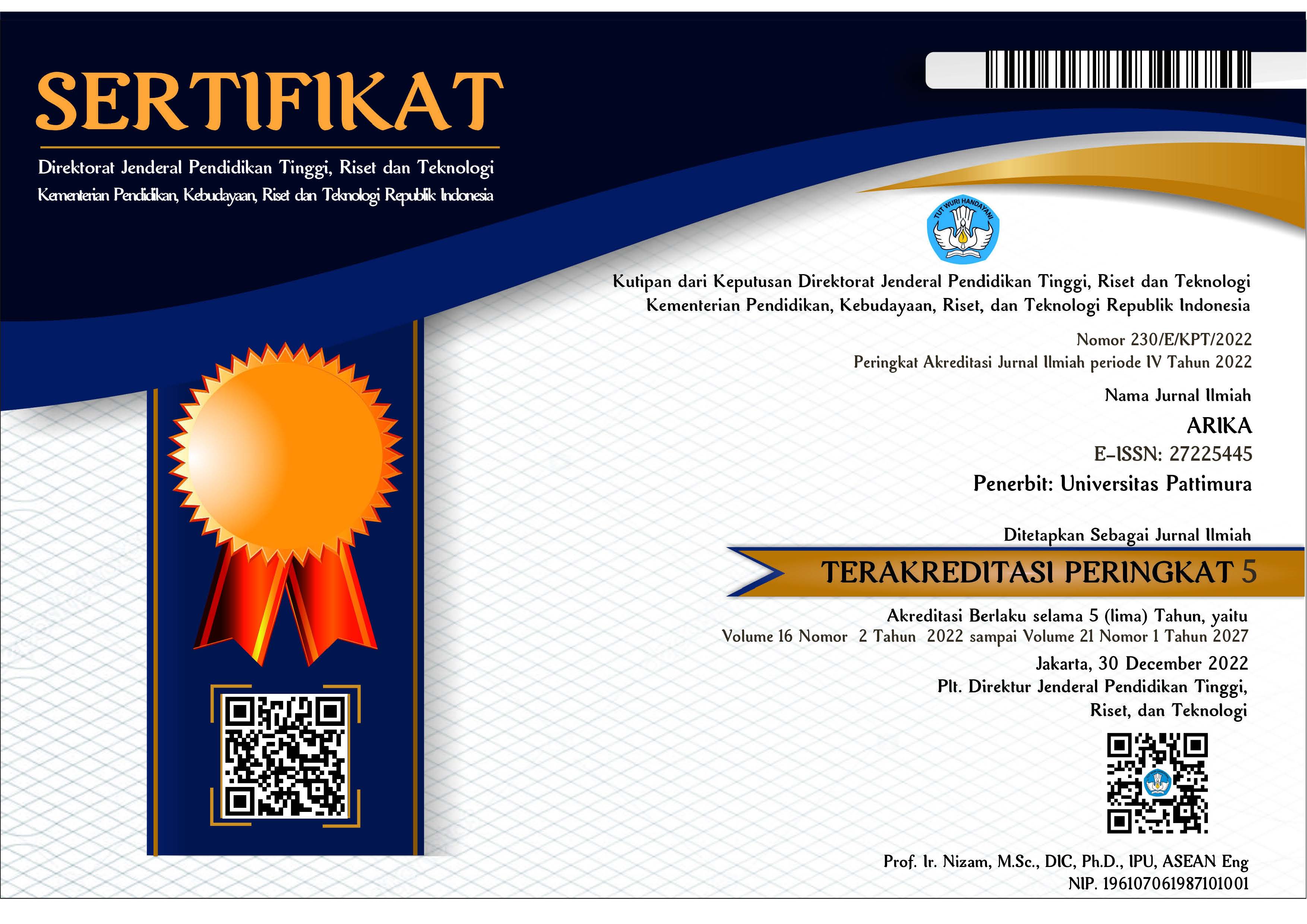Rekayasa Kualitas Bunyi Sound System Menggunakan Desain Eksperimen Faktorial
Abstract
Quality is important thing in world industry competition. Availability sound system equipment competitive and produced sound quality is a need to get more customer. This research aim to know noise level and sound distortion, to know cause factors influence and results compared both design experiment results and existing condition results ( V model ). Design experiment factorial 34 method with five replications used to know influence and equalizer setting model, sum of mic, distance of mic and sum of speaker factors interaction with response variable feedback frequency ( Hz ) and sounds feedback pressure (dB) with quality characteristic smaller the better ( SBT ). Result analysis show is quality sounds ( feedback frequency and sound pressure ) was produced from design experiment factorial better than experiment with V model ( general used ). Design Experiment factorial 34 with random model equalizer setting versus sum of speaker 10 combination was produced lower feedback frequency is 170 Hz. It with random model equalizer setting versus sum of mic 3 was produced lower sound pressure is 56.1737 dB.
Downloads
An author who publishes in the ARIKA Jurnal agrees to the following terms:
- The author retains the copyright and grants ARIKA journal the right of first publication of the work simultaneously licensed under the Creative Commons Attribution-ShareAlike 4.0 License that allows others to share the work with an acknowledgment of the work's authorship and initial publication in this journal.
- The author is able to enter into separate, additional contractual arrangements for the non-exclusive distribution of the journal's published version of the work (e.g., post it to an institutional repository or publish it in a book) with the acknowledgment of its initial publication in this journal.
- The author is permitted and encouraged to post his/her work online (e.g., in institutional repositories or on their website) prior to and during the submission process, as it can lead to productive exchanges, as well as earlier and greater citation of the published work (See The Effect of Open Access).










